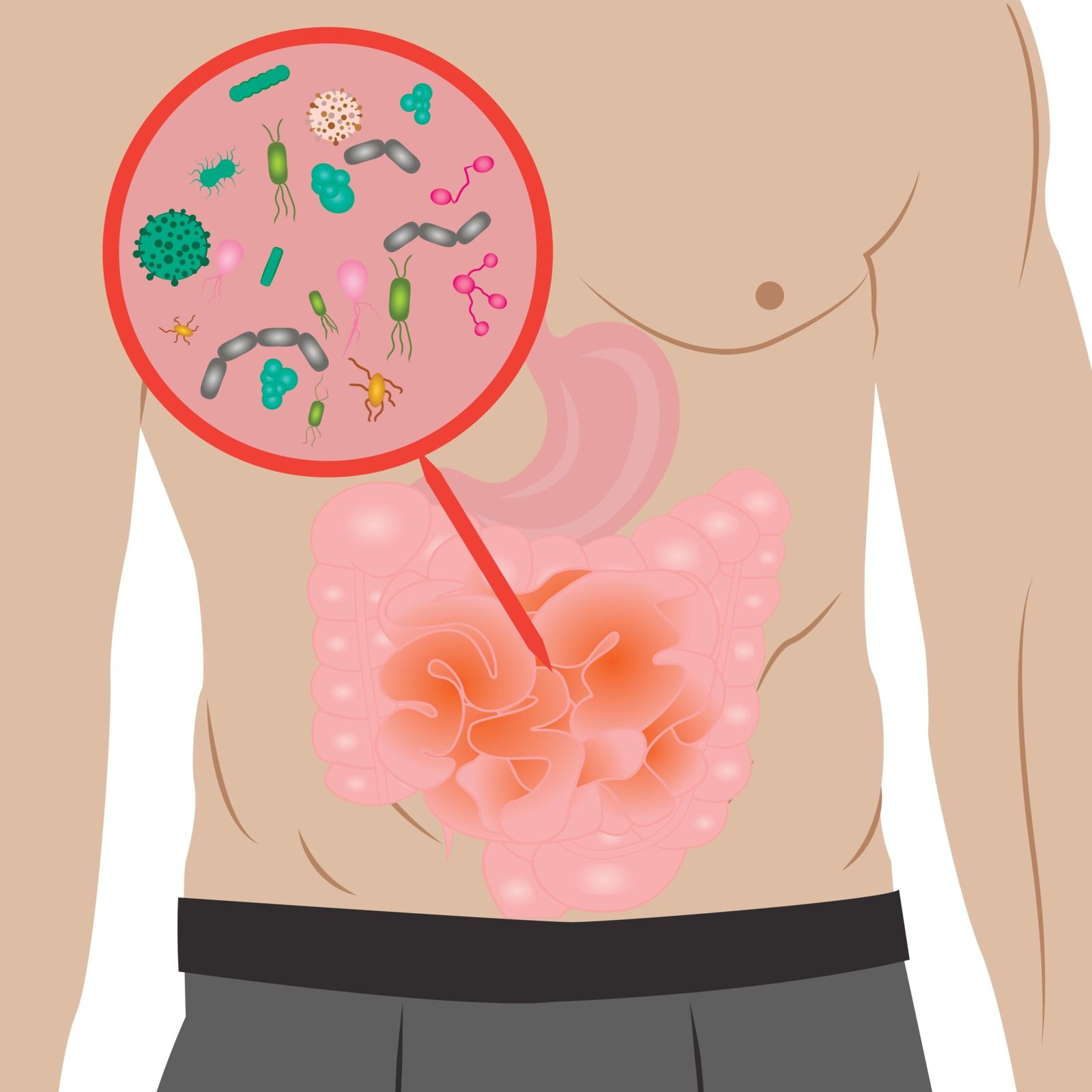The Difference Between Food Allergies and Food Intolerance
It is not uncommon for patients to report some unpleasant symptoms after eating certain foods. Most people blame these side effects on their food allergies or intolerances. Though these two terms are often used interchangeably and even share some of the same symptoms, they are not the same. Understanding the difference between the two is crucial to offering patients the critical care they need.
What Are Food Allergies?
The major difference between food allergies and food intolerance is that food allergies are an immune response. In contrast, food intolerance is caused by the inability of your digestive system to properly digest particular foods, usually because of an enzyme deficiency.
Unlike food intolerance, even small amounts of the allergen or food can trigger an allergy, which can often lead to life-threatening reactions, including anaphylactic shock. People don’t even need to eat a specific food to trigger an allergic reaction—just eating food that was prepared in an environment containing the allergen is enough to trigger a reaction.
In some cases, like Pollen Food Allergy Syndrome (PAFS), also known as oral allergy syndrome, the immune system recognizes pollen and similar proteins in some raw fruits, vegetables, and nuts and sets off an allergic reaction. Patients with PAFS can usually eat the same fruit or vegetable when it is cooked since the protein gets distorted when heated, making it unrecognizable to the immune system.
What Is Food Intolerance?
Food intolerance usually occurs when your digestive system struggles to break down a component in the food you eat. Lactose intolerance is the most common type of food intolerance, affecting around 10% of Americans. Though food intolerance can mimic the symptoms of allergies and can even be quite unpleasant, they are almost never fatal.
Symptoms
Food Intolerance
● Sweating
● Palpitations
● Headache and Migraine
● Diarrhea
● Tightness across Face and Chest
● Difficulty Breathing
● Heartburn
● Stomach Pain
● Gas, Cramps, Bloating
● Nausea and Vomiting
Food Allergies
Generally, symptoms caused by food allergies appear almost immediately after eating the food. As allergies are an immunological response, they react with several parts of the body.
● Itching and Watering of the Eyes
● Itching and Swelling of the Mouth
● Swelling of the Throat and Airways
● Stuffy and Runny Nose
● It also Affects the Digestive System, Causing Stomach Pain, Vomiting, and Diarrhea
● Skin Rashes, such as Hives or Atopic Dermatitis
● Can Also Involve the Lungs, Resulting in Wheezing, Cough, and Asthma—Especially in Children
● It also Interacts with the Central Nervous System, Causing Headaches, Irritability, Fatigue, and Convulsions
Diagnosis and Treatment
Food Intolerance
Most food intolerances are diagnosed through a trial and error method. You can ask the patient to keep a food diary to record what they eat and try to find patterns. A breath test can be used to diagnose lactose intolerance.
Avoiding the specific food for some time is the best solution. Individuals might even be able to reintroduce the food into their diet without any adverse effects after some time. But this might not always be the case as food intolerance cases can vary from patient to patient.
Food Allergies
Allergies can be diagnosed through the patch test, where the skin is exposed to the specific food. You can also use an oral challenge, where the patient ingests small controlled doses of food to monitor any adverse reactions.
Avoid foods that you're allergic to, and always keep an EpiPen handy in case of accidental exposure. Some allergy specialists also suggest treatments that can desensitize you to specific food allergies.
If you’re looking for more information on food allergies and food intolerance, get in touch with us at Snot Force Alliance Inc. We specialize in providing valuable information and opportunities to collaborate with ENT specialists across the country.













